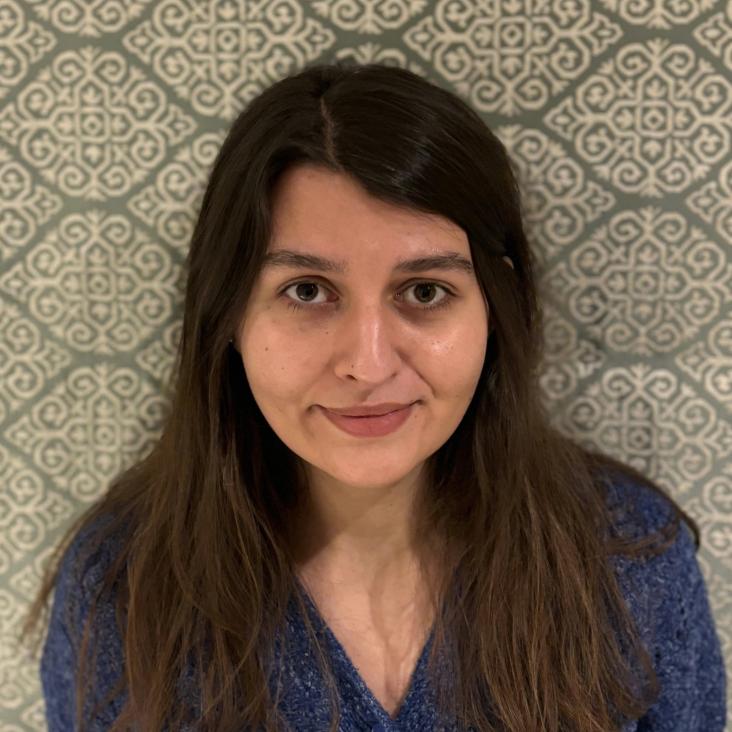Synthetic Z 2 gauge theories based on parametric excitations of trapped ions
Abstract:
Resource efficient schemes for the quantum simulation of lattice gauge theories can benefit from hybrid encodings of gauge and matter fields that use the native degrees of freedom, such as internal qubits and motional phonons in trapped-ion devices. We propose to use a parametric scheme to induce a tunneling of the phonons conditioned to the internal qubit state which, when implemented with a single trapped ion, corresponds to a minimal Z2 gauge theory. To evaluate the feasibility of this scheme, we perform numerical simulations of the state-dependent tunneling using realistic parameters, and identify the leading sources of error in future experiments. We discuss how to generalize this minimal case to more complex settings by increasing the number of ions, moving from a single link to a Z2 plaquette, and to an entire Z2 chain. We present analytical expressions for the gauge-invariant dynamics and the corresponding confinement, which are benchmarked using matrix product state simulations.Breaking the entangling gate speed limit for trapped-ion qubits using a phase-stable standing wave
Abstract:
All laser-driven entangling operations for trapped-ion qubits have hitherto been performed without control of the optical phase of the light field, which precludes independent tuning of the carrier and motional coupling. By placing 88Sr+ ions in a λ=674 nm standing wave, whose relative position is controlled to ≈λ/100, we suppress the carrier coupling by a factor of 18, while coherently enhancing the spin-motion coupling. We experimentally demonstrate that the off-resonant carrier coupling imposes a speed limit for conventional traveling-wave Mølmer-Sørensen gates; we use the standing wave to surpass this limit and achieve a gate duration of 15 μs, restricted by the available laser power.Synthesizing a Sigma circumflex accent z spin-dependent force for optical, metastable, and ground-state trapped-ion qubits
Abstract:
A single bichromatic field near resonant to a qubit transition is typically used for σx or σy Mølmer-Sørensen-type interactions in trapped-ion systems. Using this field configuration, it is also possible to synthesize a σz spin-dependent force by merely adjusting the beat-note frequency. Here, we expand on previous work and present a comprehensive theoretical and experimental investigation of this scheme with a laser near resonant to a quadrupole transition in Sr+88. Further, we characterize its robustness to optical phase and qubit frequency offsets, and demonstrate its versatility by entangling optical, metastable, and ground-state qubits.Easy as XYZ: exploring non-commuting coherent interactions in trapped ions
Abstract:
Developing coherent control operations to precisely achieve desired unitary evolutions is central to various fields of quantum science. For example, these operations are crucial for creating multi-qubit entangling operations and designing tailored, tunable Hamiltonians for analogue quantum simulations. This challenge is compounded by the fact that the systems in question are neither ideal nor isolated, and they frequently suffer from unavoidable spurious interactions.
A common source of errors in coherent operations typically stems from incoherent processes, where the system interacts with the environment. However, as interaction durations decrease, these become negligible and coherent errors begin to dominate the behaviour of the system. Among these, the most challenging to deal with are errors that do not commute with the main interaction. We investigate such errors within the spin-oscillator system of a trapped ion. For example, in the Mølmer-Sørensen entangling gate operation, the travelling wave fields that generate the essential spin-motion coupling also induce an off-resonant non-commuting carrier term. This term introduces errors in the entanglement operation. To address this, we introduce control over the optical phase of the laser field by using a standing wave, whose position we stabilise to λ/100 with respect to the ion. This allows us to gain control over the phase degree of freedom of the laser-ion interaction, enabling us to circumvent the non-commutativity and suppress the strength of the problematic carrier term by a factor of 18.
Conversely, non-commuting interactions can also be advantageous, enabling the creation of novel, effective interactions when the appropriate control is employed. By combining two spin-dependent forces that do not commute, we demonstrate a method to generate nonlinear interactions in the motion of an ion with favourable scaling. Unlike conventional methods that rely on higher orders of the Lamb-Dicke parameter expansion, our approach achieves linear scaling with the increase in interaction order. Specifically, we focus on generalised squeezing interactions and experimentally demonstrate squeezing (second order), trisqueezing (third order), and quadsqueezing (fourth order). The quadsqueezing achieved is over 100 times stronger than that possible with conventional methods and, to the best of our knowledge, represents the first implementation of fourth-order generalised squeezing across any platform. Our method does not impose a fundamental limit on the interaction order and is universally applicable to any platform that supports spin-dependent linear interactions.


